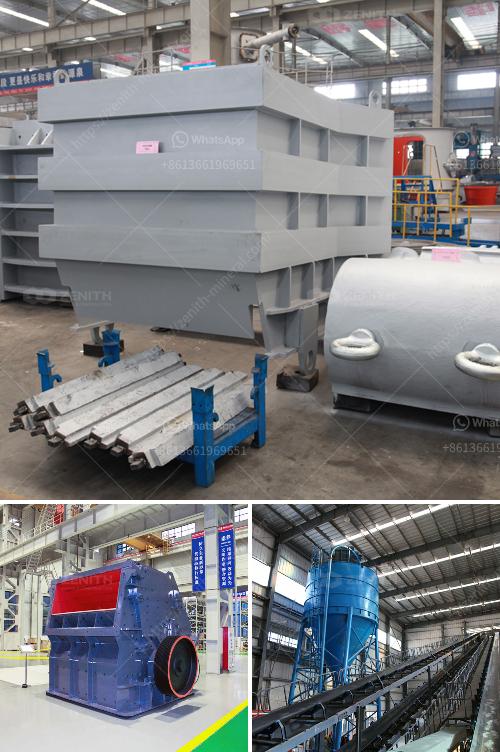Controlling the dust generated by stone crushers is crucial for maintaining a safe and healthy environment for workers and nearby communities. Dust control measures can also help in complying with environmental regulations. Here are several methods to control dust in stone crushers:
Water sprays and misting systems are commonly used to control dust at the source. By spraying water at the point where dust is generated, the particles are captured and settle down. This method is effective but requires a consistent water supply and proper maintenance to prevent clogging.
Chemical dust suppressants can be applied to the material being processed. These chemicals bind the dust particles together, making them heavier and less likely to become airborne. This method can be more effective than water alone, especially in dry conditions.
Enclosing the crushing and screening operations can significantly reduce dust emissions. This can be done by using physical barriers such as walls, covers, and enclosures around the equipment. Proper ventilation systems should be installed to manage the airflow and capture dust within the enclosed area.
Vacuum systems can be used to capture dust at the source. These systems use suction to draw dust into a collection system, where it can be filtered and removed. This method is effective for capturing fine dust particles and can be integrated with other dust control measures.
Dust collection systems, such as baghouses and cyclones, can be installed to capture and filter dust from the air. These systems use filters to trap dust particles and prevent them from being released into the environment. Regular maintenance and filter replacement are essential to ensure the efficiency of these systems.
Installing windbreaks and barriers around the crushing site can help reduce the spread of dust. These structures can be made from natural materials like trees and shrubs or artificial materials like fences and walls. They work by reducing wind speed and redirecting airflow, which helps to contain dust within the site.
Proper handling and storage of materials can also help reduce dust generation. This includes minimizing drop heights when loading and unloading materials, using covered conveyors, and maintaining moisture levels in the material.
Regular maintenance of equipment and housekeeping practices can prevent dust buildup and reduce emissions. This includes cleaning up spills, repairing leaks, and ensuring that all dust control systems are functioning correctly.
Training workers on the importance of dust control and proper techniques can help in reducing dust emissions. Workers should be aware of the dust control measures in place and how to use them effectively.
Regular monitoring of dust levels and compliance with environmental regulations is essential. This can be done using dust monitoring equipment to measure particulate levels and ensure that they are within acceptable limits.
By implementing a combination of these methods, stone crusher operators can effectively control dust emissions and create a safer working environment.

